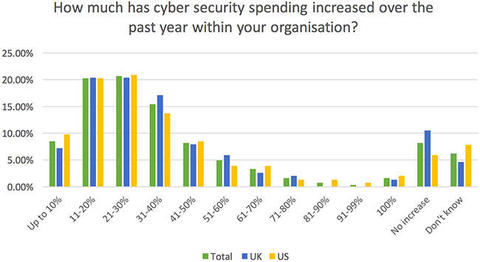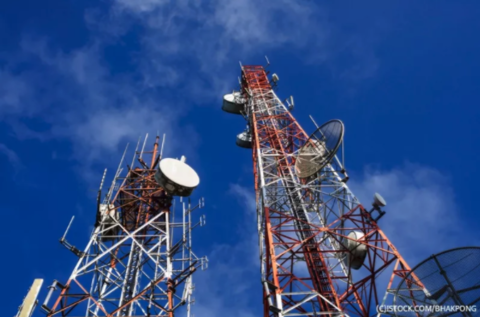When thinking about the business value of predictive analytics, hospitals often view it as an evolutionary technology and look for things like use cases, accuracy, cost, and return on investment. While those are all valid points to consider, a better way to look at it is to focus on what truly matters for patients and caregivers, work backwards, and explore how predictive analytics can make them better. Having worked with dozens of hospitals, I can tell you that -- when viewed from this perspective -- the answer is predictive analytics is a necessity, not a luxury. [...] The question is what truly matters to their customers (patients and caregivers) and how to significantly improve them quickly. Fundamentally, hospitals are complex service organizations, so it boils down to better planning and better execution.
Let's start with first principles: Patients want to be seen fast, treated fast and discharged fast. Caregivers want control over their schedules and more time with patients. Administrators want to deliver better care at a lower cost. For decades, the de facto focus was on process improvement. But process improvements can only go so far. Can predictive analytics do better? The simple answer is: a lot better.
Operating rooms, a key resource at a hospital -- bringing more than 60 percent of admissions and 65 percent of revenue -- are a key example. Surgeons want an operating room whenever they want and wherever they want. Today, block scheduling is so complex and slow that we simply cannot give them that flexibility in a way that meets the objectives of all stakeholders involved. Block schedule changes are cumbersome, error prone and take months to effect. How can we make it better? By using predictive analytics and data science to dig deep into utilization patterns and by creating lightweight mobile experiences that let surgeons get the block time they need with a single click. We can make block scheduling as easy as Uber so they simply push a button and get the block they want. And if we do that, everyone wins -- patients get treated faster, surgeons have better control and access, and the overall utilization (and revenue) increases. I have seen improvements of $500,000 to $1 million with this approach.
Specialty clinics like infusion centers are another example. Again, first principles: Patients want to be seen fast, and nurses and caregivers want better control of their schedules. We can make many process improvements to meet those goals, but can we do better with predictive analytics? A lot better. With predictive analytics, we can dig deep into historical appointment data and combine operational constraints to do a lot of number crunching and precisely calculate demand on a given day. We then can schedule patients in a way that flattens chair utilization. That significantly lowers wait times and leads to better schedules for nurses. Everyone wins.
Similarly, take any department at a hospital and ask what truly matters at that department? I'm willing to bet that compared to whatever plan you have in place to make them better, predictive analytics can offer a significant boost. Imaging equipment, ER, in-patient beds -- effecting improvement in almost any unit at a hospital boils down to reducing variability and better planning. Predictive analytics can significantly help with both.
There are a lot of parallels between hospitals and airports; they are there to make a journey better. Just like the air traffic control makes everything works like clockwork at airports, hospitals need an air traffic control-like functionality that predicts a patient's journey and routes the right resource to the right patient at the right time. Such a system could fundamentally improve all the things that truly matter for a patient's journey.
That may sound futuristic, but believe me, it's not. We already have the core technological pieces we need to make it work -- the cloud, sophisticated data science and machine learning, and mobile. We also don't need complicated EHR integrations or months of planning and training and things that make your IT department nervous. We can do it using lightweight data extracts and well-designed experiences that are intuitive, easy and simple. In fact, it's already happening -- dozens of hospitals are already making it happen, just like Southwest, Netflix and Amazon.
Because ultimately, people want better care at a lower cost, and there's no better way to achieve that than with predictive analytics.
Source: Health IT Outcomes (View full article)









